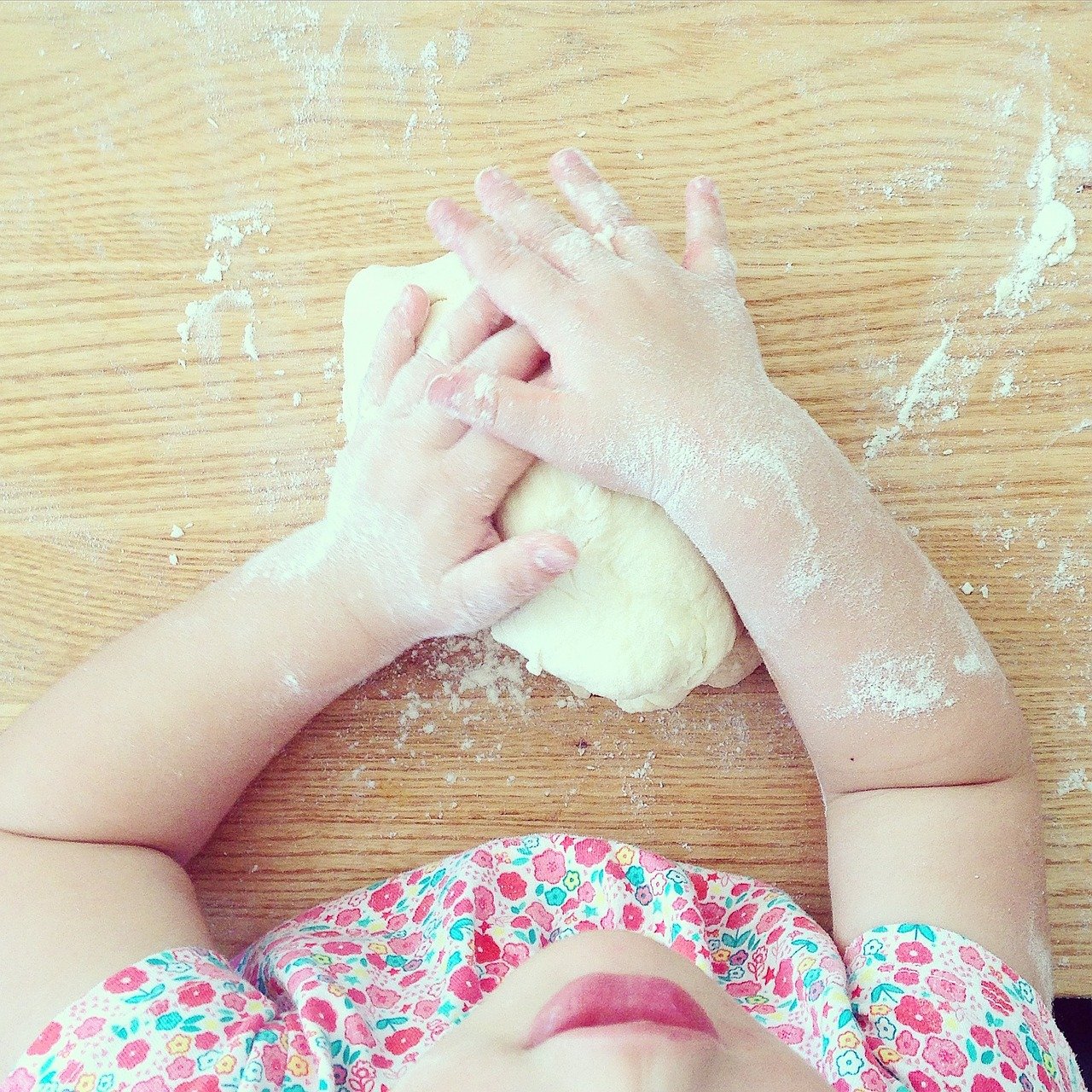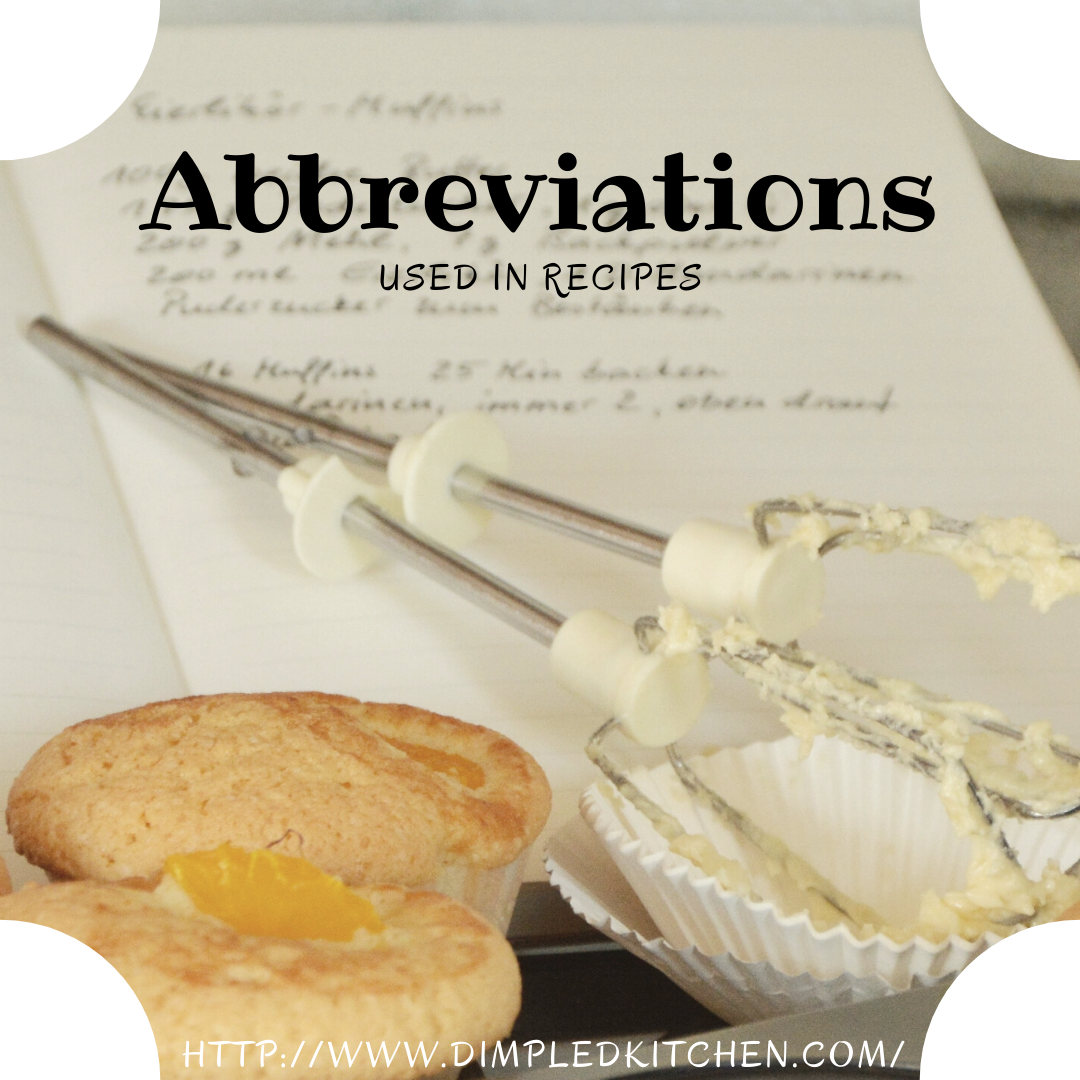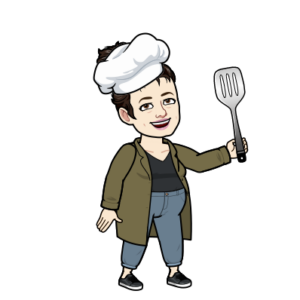Almost everything is available to do virtually now, including learning how to cook. There are several accredited courses you can take online that will make you a chef! One of the primary benefits of online education is that it provides flexible learning on a schedule that can fit your busy home and work life. As we move into a more technological world, more institutions are trading in the classroom for the world wide web, and their degree programs are following them. Culinary schools are no different. Online culinary schools offer all the training you would receive if you practiced at […]
Tag: A2Z Challenge
Kids in the Kitchen
Children and kitchens can sometimes seem to be oil and water, but the only way they’ll learn to cook is by joining you in the kitchen. When children grow into adulthood, they eventually have to rely on themselves for everything, including feeding. Without cooking skills, they will be tempted by drive-thrus, freezer meals, and other less savory eating habits. Helping in the kitchen builds confidence and early skills of independence. Most kids feel proud and important when they help prepare food. Sharing in family tasks helps them feel that they belong in the family. Children are natural kitchen helpers. They […]
Ice Cream Aisle Explained
There are many commercial brands of ice cream and frozen desserts that can be great substitutes if you don’t have the time or desire to make your own. Many supermarkets carry a variety of gourmet ice cream, sorbet and gelato. Many of these interesting flavors can even provide inspiration for homemade frozen desserts. Views: 13
High-Altitude Cooking
What’s the big deal with High Altitude? The change of air pressure makes things in the kitchen act a bit differently. At high altitudes: Air pressure is lower, so foods take longer to cook. Temperatures and/or cook times may need to be increased. Water boils at a lower temperature, so foods prepared with water (such as pastas and soups) may take longer to cook. Temperatures and cook times may need to be increased. The atmosphere becomes much drier. Moisture quickly evaporates from everything. The air has less oxygen and atmospheric pressure, so cooking takes longer. Views: 0
Garbage, Compost, and Spoilage
A great deal of household garbage is produced in the kitchen. As part of the preparation process, inedible or unappetizing parts of food— peels, seeds, bones, shells, rinds, fat, gristle and stems—are removed for disposal. All sorts of metal, glass, paper, cardboard or plastic packaging is accumulated. After a typical meal, food scraps remain. Understanding that different types of waste can—and should—be managed differently creates opportunities for reducing the environmental impact of the waste generated in North American kitchens. Views: 0
Eating Etiquette
Etiquette affects almost every aspect of dining. Dining etiquette rules apply before you ever take your seat and continue after you excuse yourself from the table. Table manners play an important part in making a favorable impression. They are visible signals of the state of our manners and therefore are essential to professional success. The point of etiquette rules is to make you feel comfortable – not uncomfortable. Views: 5
Diet Descriptions
People like to eat; but not everyone eats the same way. Some eat a certain way due to health problems, and others are following the latest weight-loss trend. And yet others follow a lifestyle. Views: 0
Converting Measurements
It doesn’t matter whether you’re increasing a recipe or decreasing it — the procedure for adjusting the ingredient quantities for a different number of portions is the same. We call this scaling a recipe. When scaling a recipe it’s important to know how to convert back and forth between different measurements. The first thing you need to do is calculate your conversion factor, which is a number you’re going to use to convert all the quantities. There’s a tiny bit of math involved, but it’s OK to use a calculator — that’s what they’re there for! To find your conversion […]
Beverage List for a Full Bar
There is of course no ‘initial fix’ to a fully stocked bar. It is an ongoing process requiring the addition of certain liquors etc. at a time when there becomes a demand for them. Most or all of the ingredients below are considered essential bar-stock, and should act only as a foundation to a well stocked bar. Keep in mind, some of these can be skipped if you or your ‘patrons’ (Read: drinkking buddies) don’t like them. But it’s always fun to have some room to experiment. Views: 0
Abbreviations Used in Recipes
Deciphering between the different cooking abbreviations and their proper unit of measurement can help make sure your dish comes out exactly as imagined. Often times, different books will use different abbreviations, which can cause confusion when putting together a dish.











